I am done with my GFX review until more native lenses arrive (I’m taking a pass on the zoom) and I get adapters for some non-native ones.
So now I’m going to start using the GFX for real photography. Here are the results of a few day’s experimentation:
All of these were captured using the GFX electronic shutter, with its 1/4 second scan time.
Here’s the setup:
What’s that thingie on the copy stand? It’s a shake table that i got when I was doing the evaluation of the Kolari thin-stack a7II modification. I decided to repurpose it.
[Added 5/2]
A reader asked for some 1:1 crops of the above images. I ham happy to oblige.





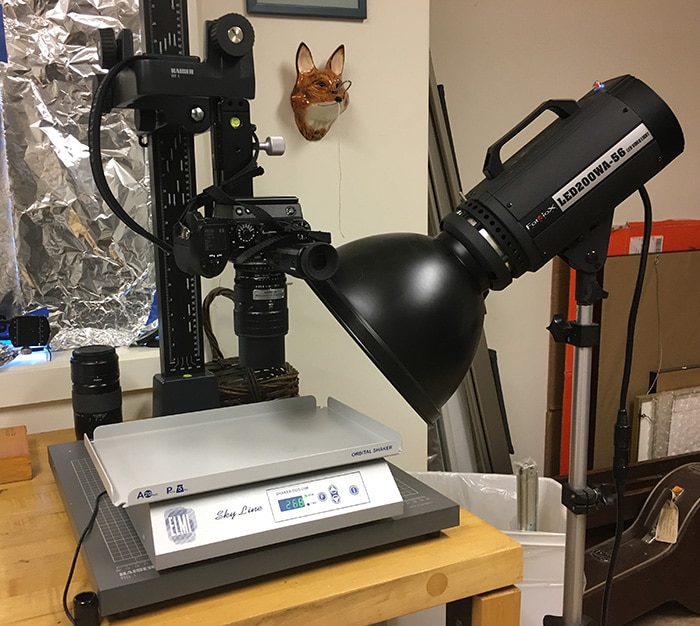
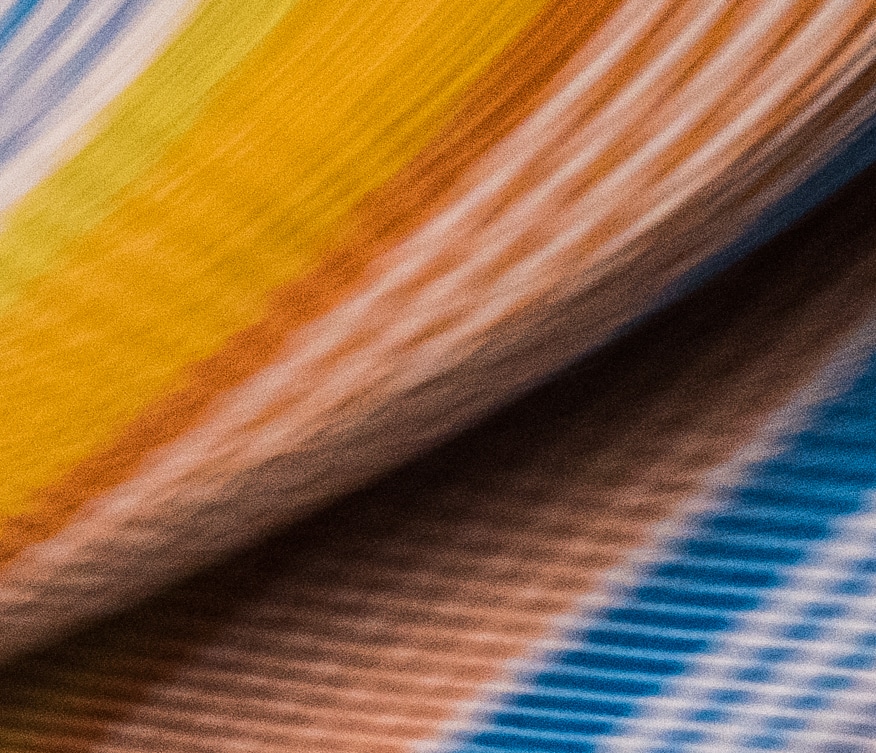
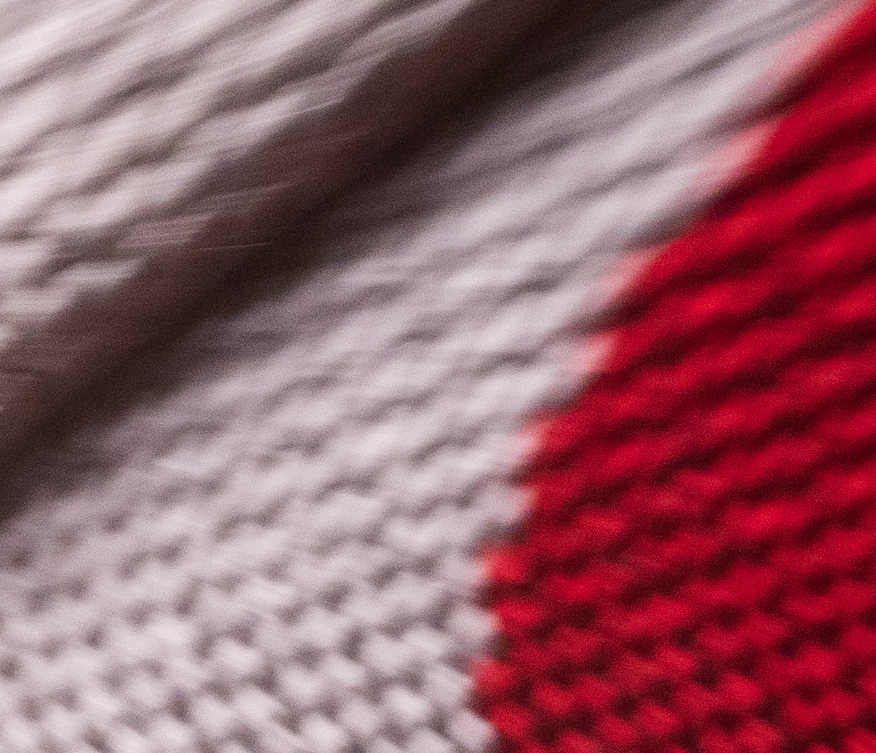
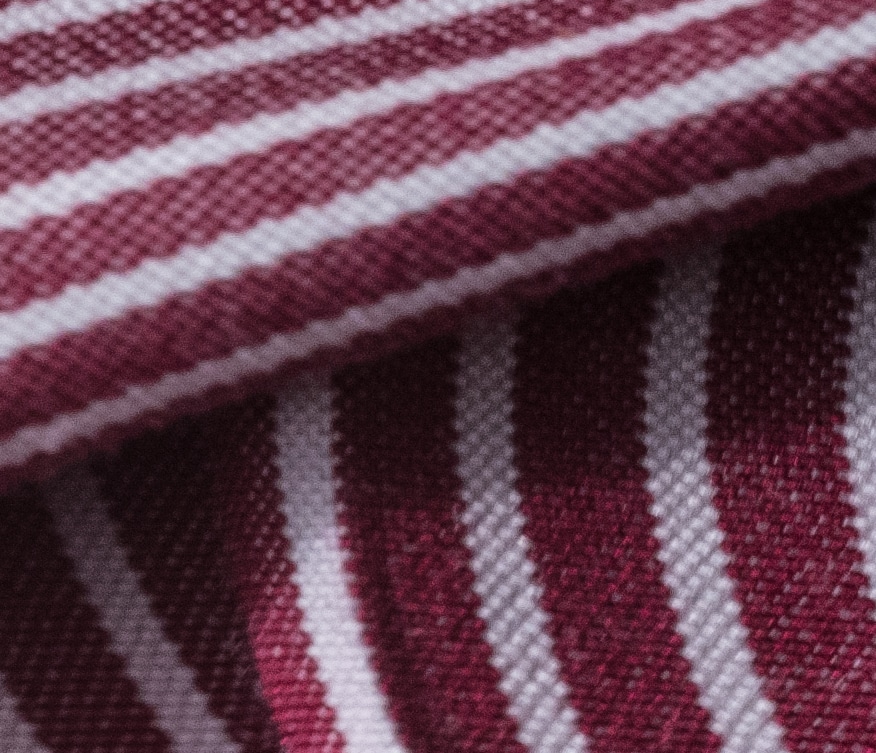
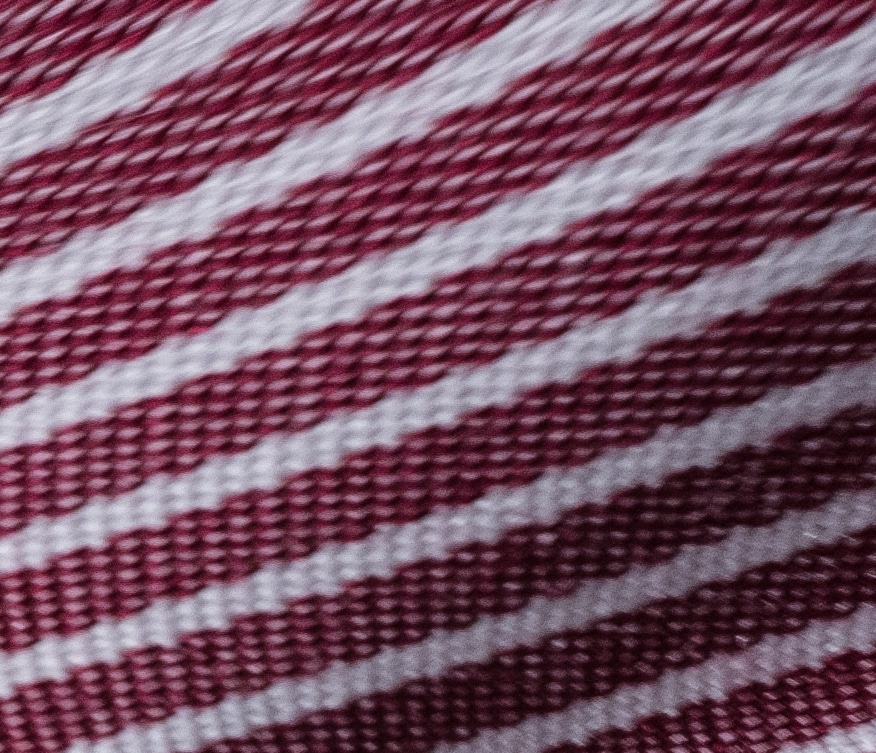
Jim,
As usual you are doing interesting ‘stuff’ 🙂
Could you show us what a typical small 100% section so we could see what the image’s ‘granularity’ looks like ?
In many ways this is a digital take on Stripe Painting. Like many stripe paintings these would be interesting when viewed exceptionally large. Seeing the 100% crop would determine how preparation for print would be accomplished.
Bruce
I added the crops at the bottom on the post.
Jim
Thanks for the 100% details.
I have to say that I’m surprised by how strongly this looks like the weave of a digital textile. Within that framework, if you decide to print (and I think you should) that will somewhat determine, not only how the image is prepared but (my supposition) how large it should be printed to simulate that cloth-like texture. If the images are approx 6000 px square that translates to something like 22×22 or even 36×36 inches depending on whether it emulates a tight canvas weave or something knitted.
I find this quite interesting, Jim.
Bruce